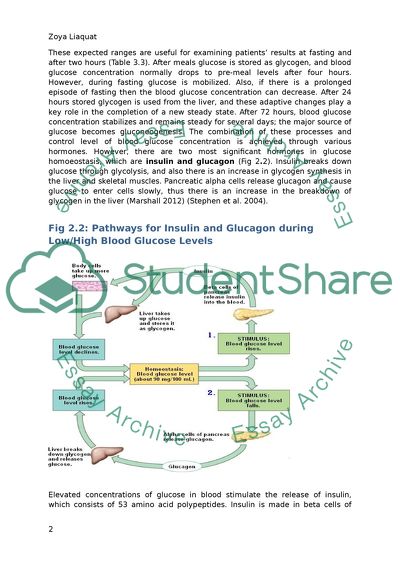Cite this document
(The Level of the Key Biomarkers Lab Report Example | Topics and Well Written Essays - 3250 words, n.d.)
The Level of the Key Biomarkers Lab Report Example | Topics and Well Written Essays - 3250 words. https://studentshare.org/chemistry/1819400-clinical-biochemistry-lab-report
The Level of the Key Biomarkers Lab Report Example | Topics and Well Written Essays - 3250 words. https://studentshare.org/chemistry/1819400-clinical-biochemistry-lab-report
(The Level of the Key Biomarkers Lab Report Example | Topics and Well Written Essays - 3250 Words)
The Level of the Key Biomarkers Lab Report Example | Topics and Well Written Essays - 3250 Words. https://studentshare.org/chemistry/1819400-clinical-biochemistry-lab-report.
The Level of the Key Biomarkers Lab Report Example | Topics and Well Written Essays - 3250 Words. https://studentshare.org/chemistry/1819400-clinical-biochemistry-lab-report.
“The Level of the Key Biomarkers Lab Report Example | Topics and Well Written Essays - 3250 Words”. https://studentshare.org/chemistry/1819400-clinical-biochemistry-lab-report.


